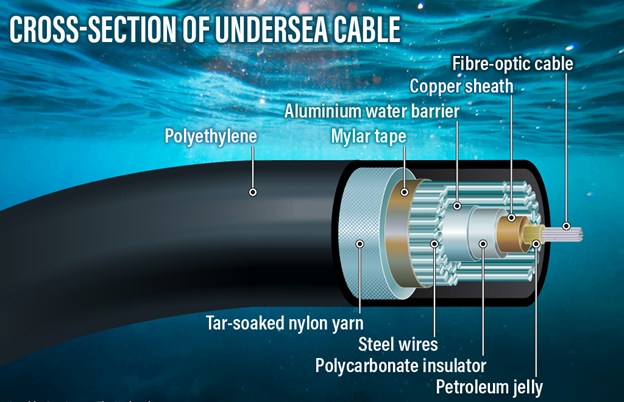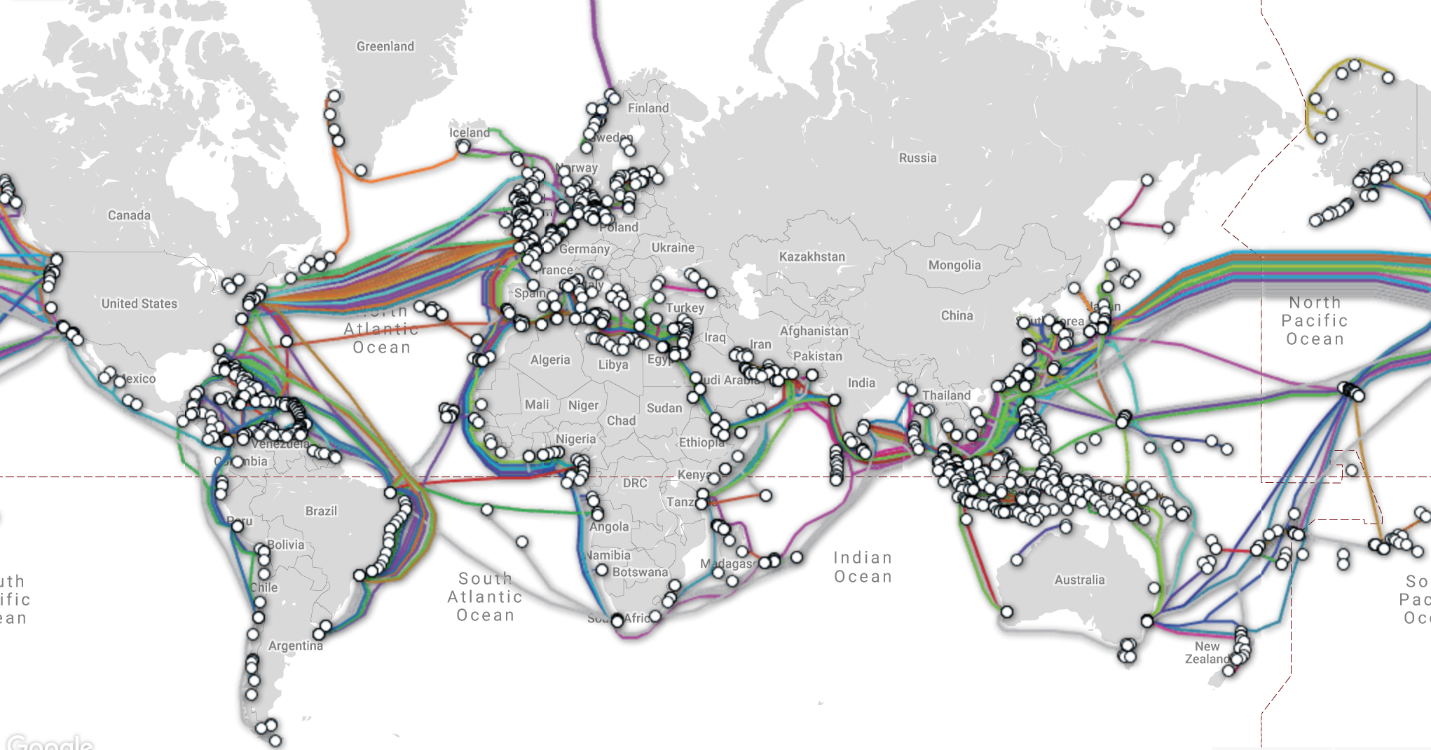7667766266
enquiry@shankarias.in
Mains Syllabus: GS III - Infrastructure: Energy, Ports, Roads, Airports, Railways etc.
India is expanding its subsea cable network, with the latest addition being Airtel’s 2 Africa Pearls system, supported by Meta, to enhance international bandwidth.

After William Cooke and Charles Wheatstone had introduced their working telegraph in 1839, the idea of a submarine line across the Atlantic Ocean began to be thought of as a possible triumph of the future.
In August 1850, John Watkins Brett's English Channel Submarine Telegraph Company laid the first line across the English Channel.

|
Undersea cables of India |
|